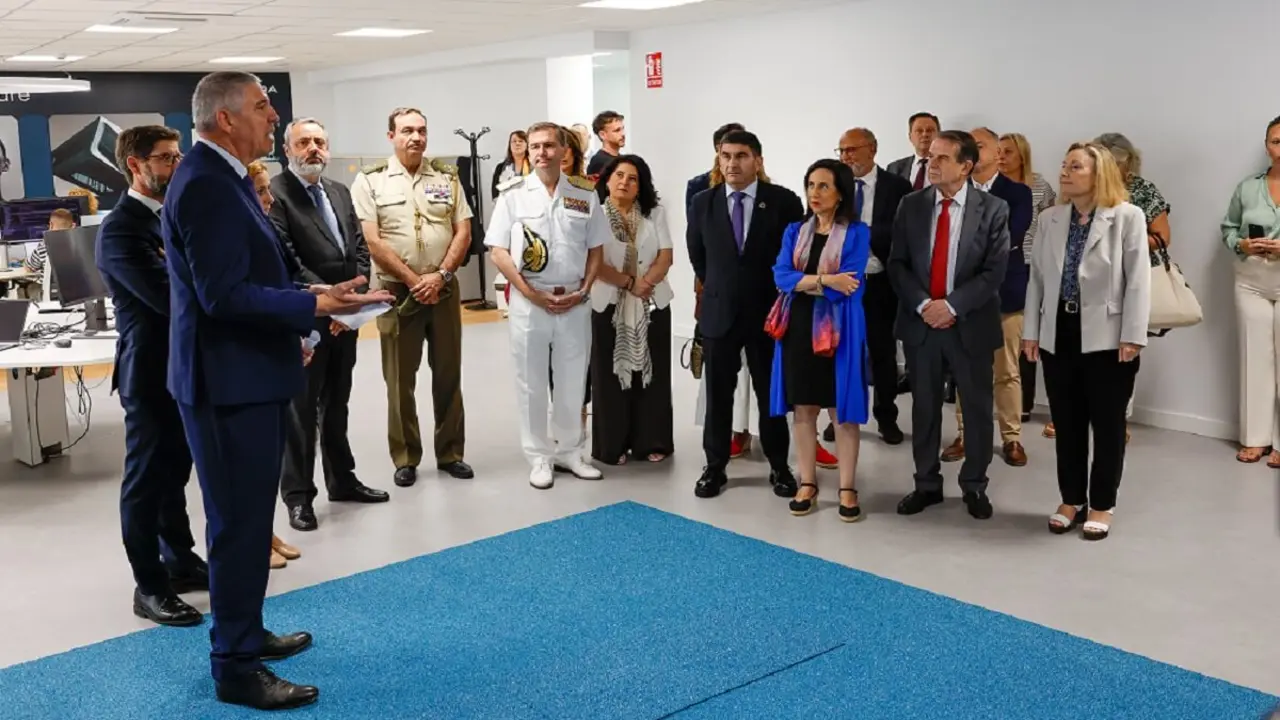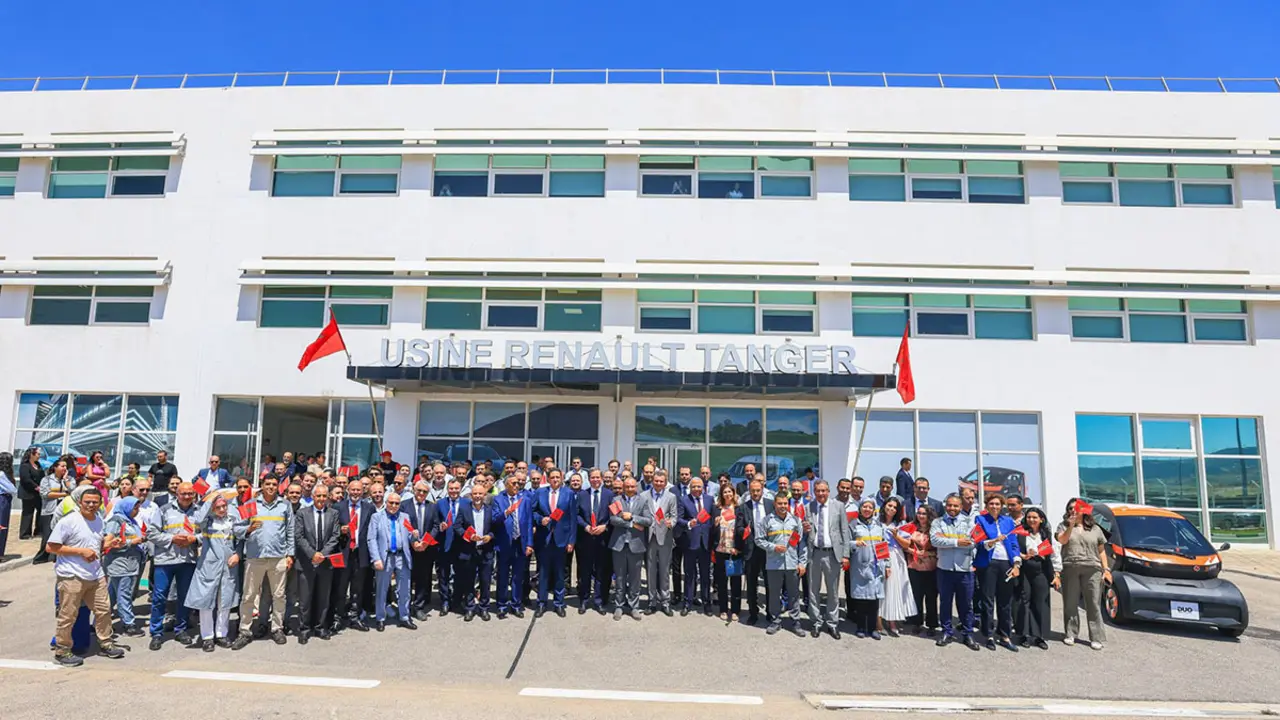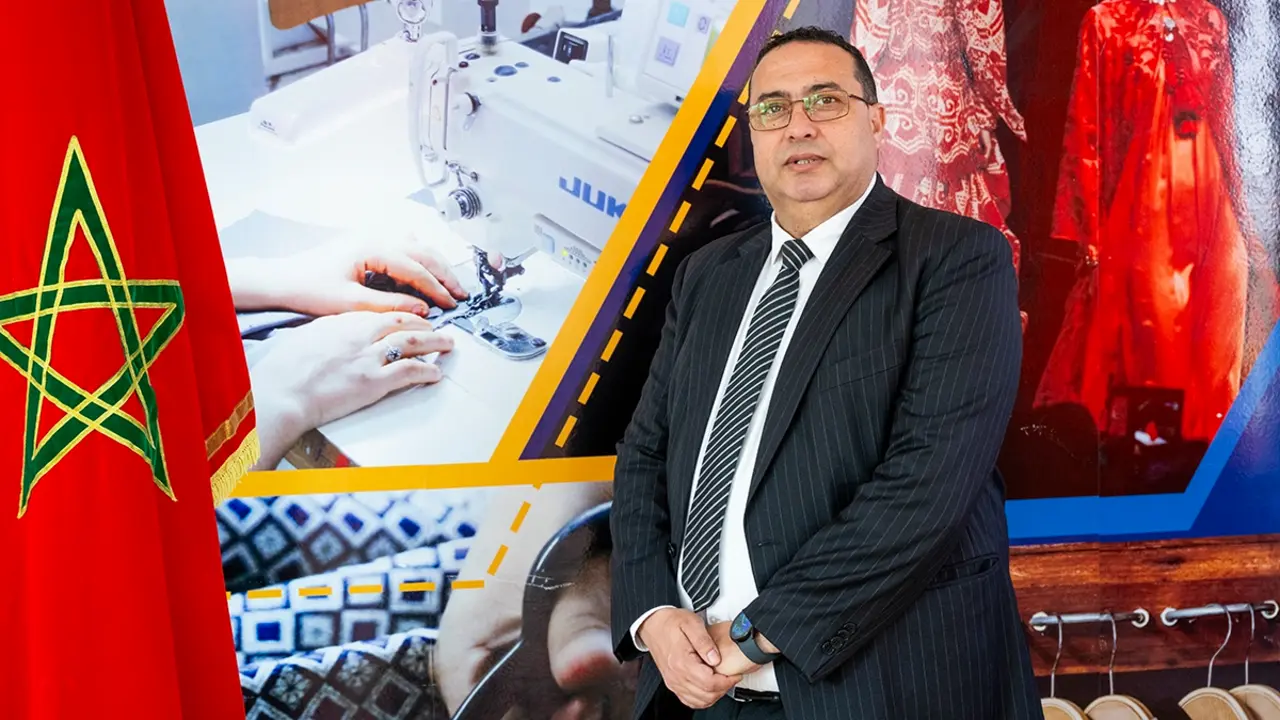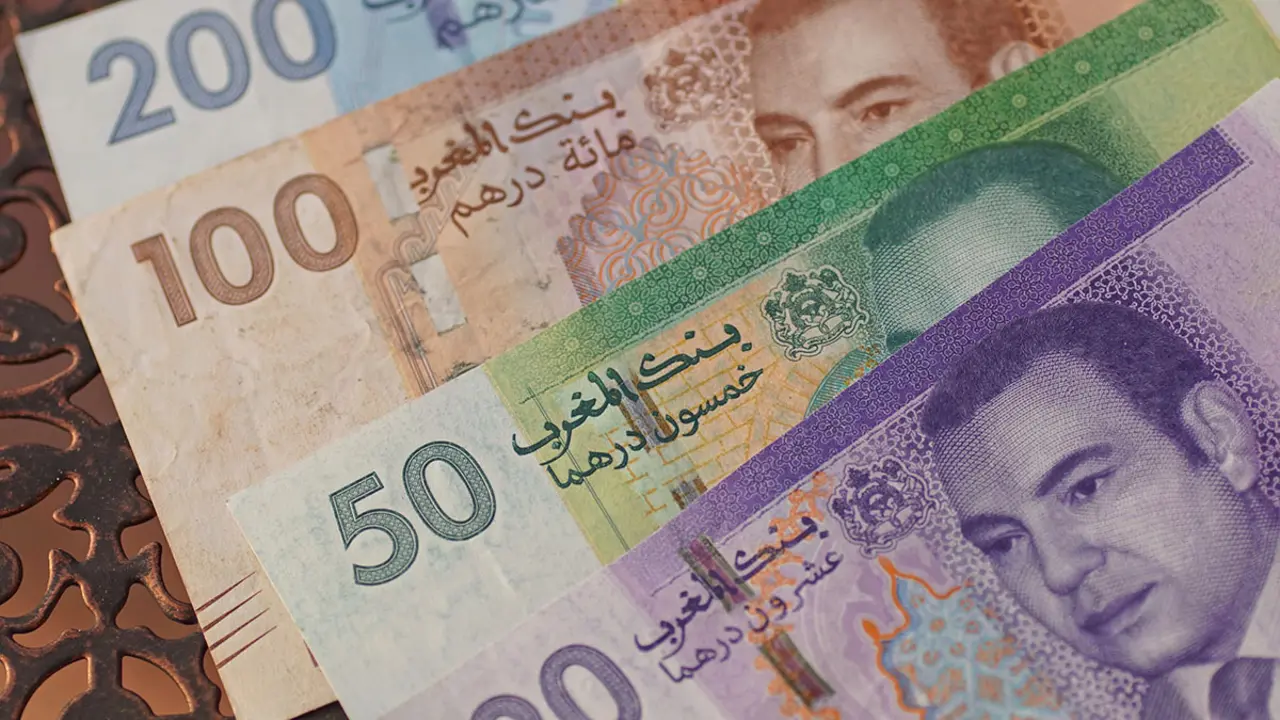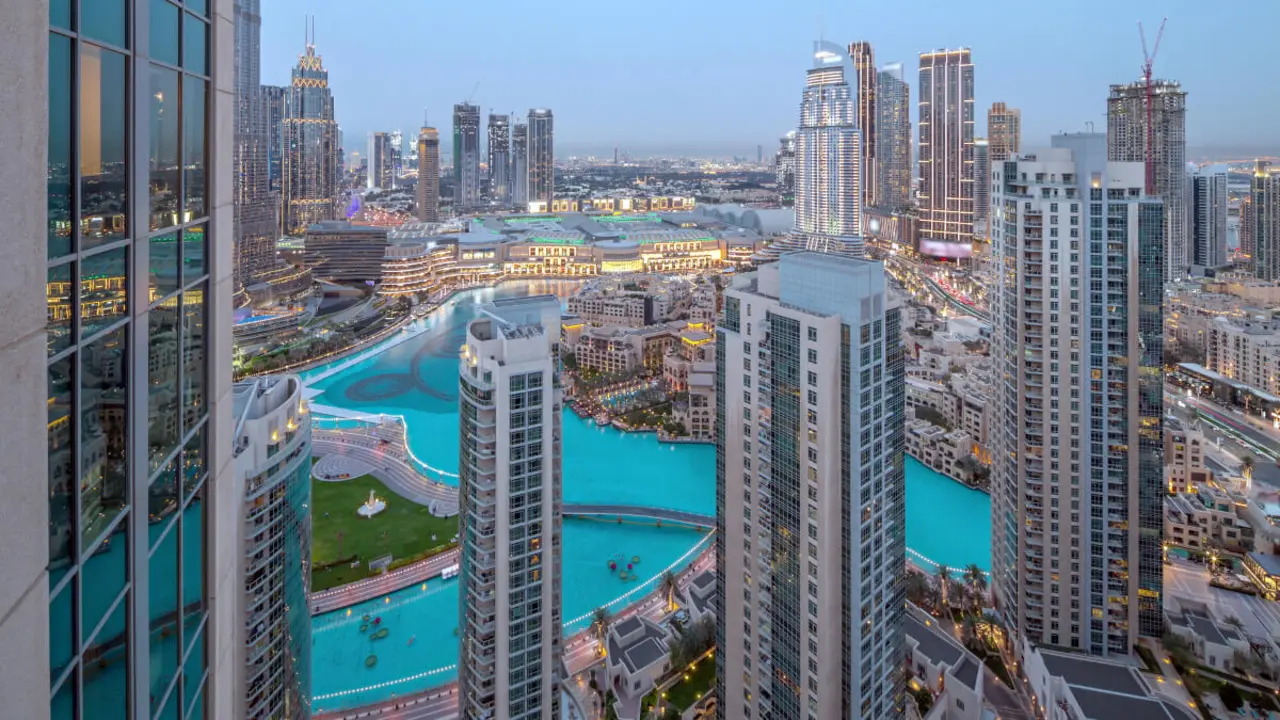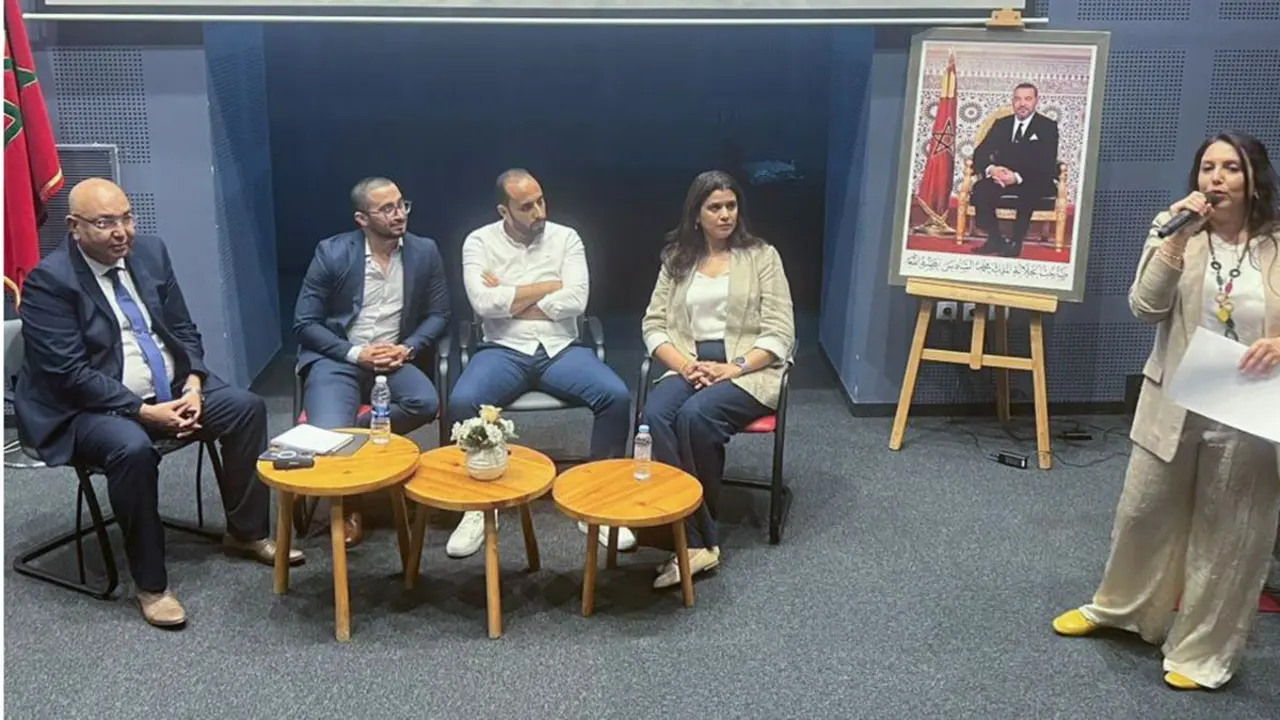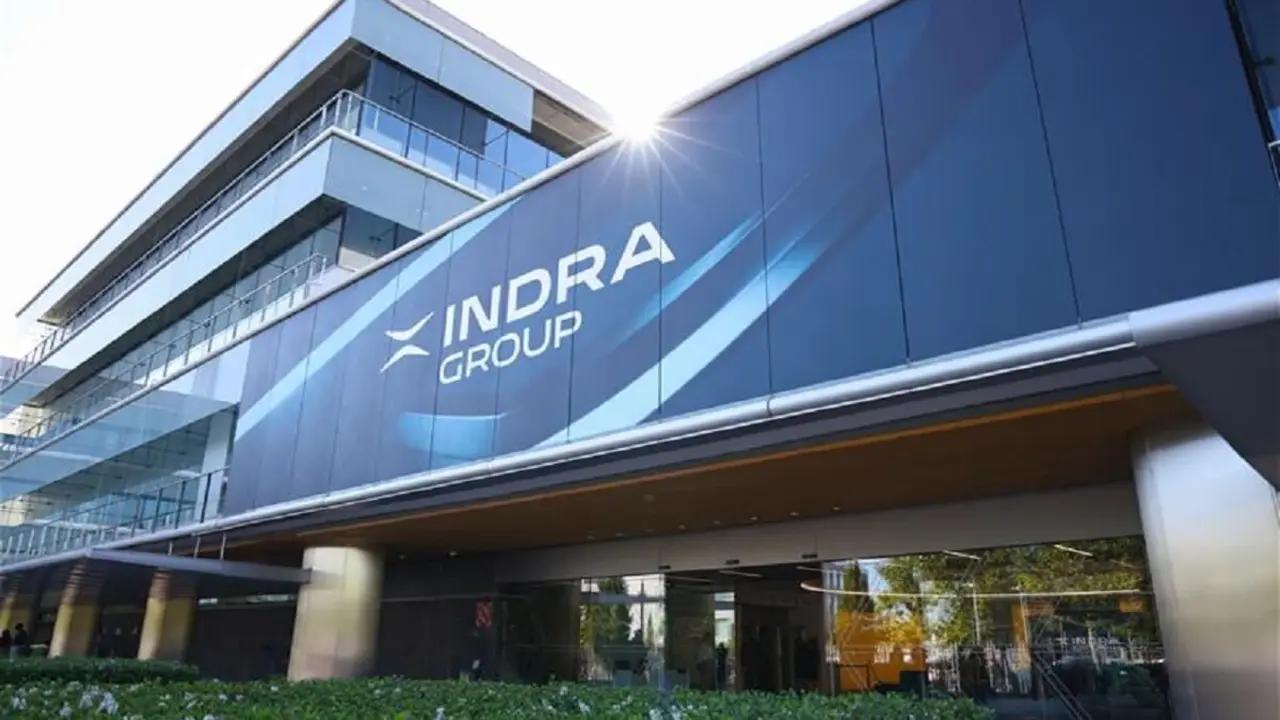Mohammed Alamouri: ‘Larache has exceptional water quality for growing red fruits’
Red fruits have been one of the most important agricultural crops in northern Morocco since the 80s of the last century
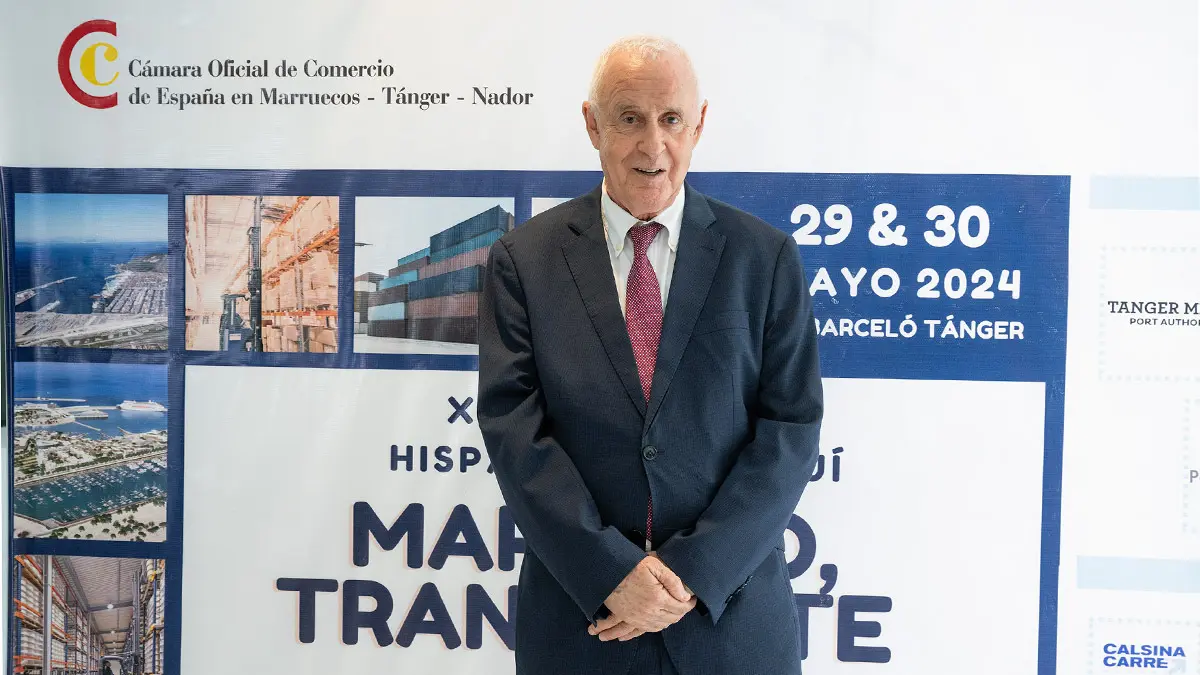
The country has become one of the world's leading exporters of these products, with a potential market of over 300 million consumers. Mohammed Alamouri, president of the Moroccan Interprofessional Federation of Red Berries Interproberries Maroc, explains how this sector has developed.
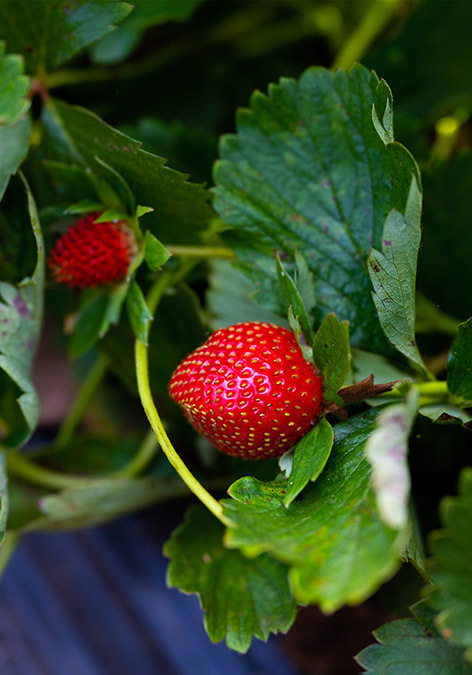
The cultivation of strawberries, raspberries and blueberries has become one of the main agricultural attractions of northern Morocco. Its privileged climate, with more hours of sunshine per year than in Europe; the extraordinary quality of the water in the Larache area; and a key geostrategic location, at the gateway between Africa and Europe, with a series of logistical infrastructures that speed up the export process, are the factors that have enabled the country to become a world power in the sector.
Morocco currently has more than 12,300 hectares dedicated to the cultivation of red fruits, of which only 2,500 are strawberries, which were the first fruit of this type to arrive in the country. In recent years, raspberries, first, and blueberries, more recently, have taken the largest share of the market. In addition, the country has become one of the world's leading exporters of red fruits to many European countries.
To learn more about the establishment of this sector in the agricultural area of Larache, Atalayar spoke with Mohammed Alamouri, a man with extensive experience and knowledge of this sector, who currently chairs the Moroccan Interprofessional Federation of Red Fruits Interproberries Maroc.
The red fruit sector has a long history in Morocco and is renowned for its excellent quality. How did it all begin?
The production of red fruits in Morocco is not a recent phenomenon: they began to be grown in our country in the 1980s in Agadir. Strawberries were the first to be cultivated. Then, in 2005, raspberries were introduced. More recently, in 2008, blueberries were introduced, which currently account for a larger market share. It should be noted that the northern region of Morocco, where this sector began to develop, is an area with abundant water of good quality and impressively good soil.
Its Mediterranean climate, its proximity to Europe and other markets, as well as the logistical facilities available in the Tangier-Tetouan-Al Hoceima region, with the port of Tangier Med and its connectivity with the port of Algeciras, are key factors that have enabled the development of this sector.
What role did the Spanish play in the arrival of this crop in Morocco?
A very important role. Several factors came together: on the one hand, Moroccan farmers, who were keen to improve their standard of living and open up to new crops; and on the other, Spanish investors, who had plans to extend the production of red fruits to northern Morocco. This is how the first pioneers arrived in our country, such as Miguel de Alconeras and later Pepe Portolés, from the Fergar company.
At that time, I was managing director of the Lupus company, in 1989, a position I held for about 20 years. We started to develop the product and, a few years later, the Arozamena family arrived and set up the Natberry company. Then other small and medium-sized companies began to arrive, such as Sol del Sur and Albagri, and a bigger player, Pepe Gandía, with Royal AGRI. Finally, Driscoll's arrived, bought Alconeras and began to grow strawberries, raspberries and blueberries in the American style, using its own genetics and methods.
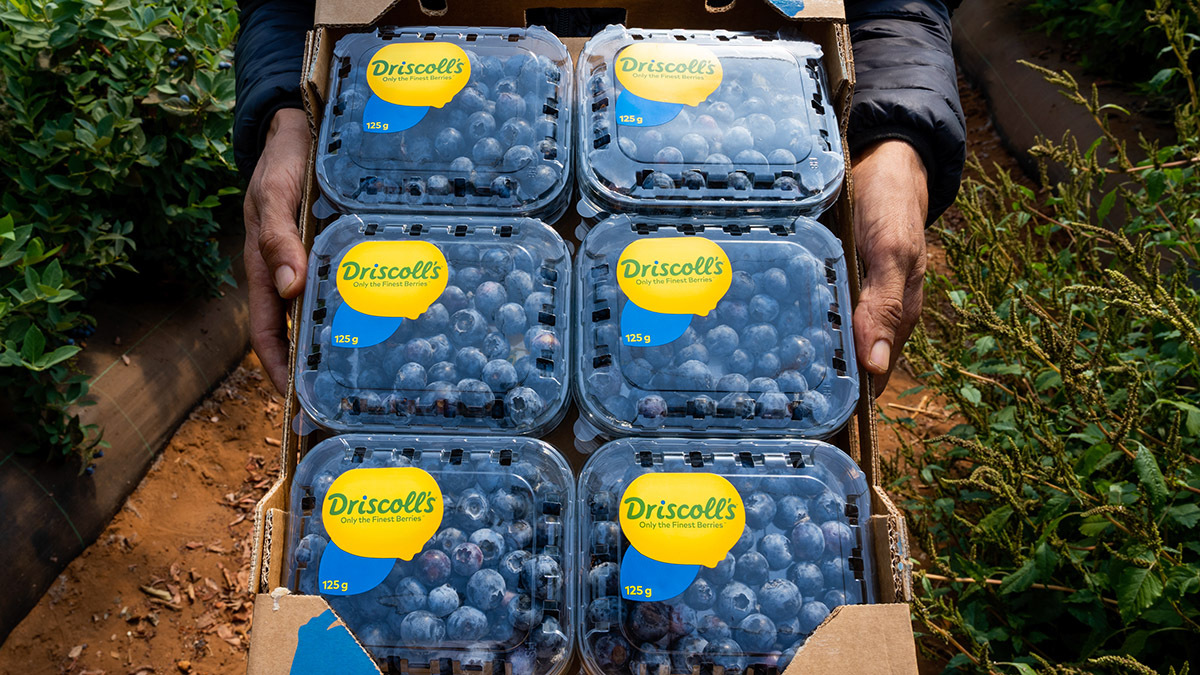
From there, how did the red fruit sector in Morocco begin to organise itself?
We organised ourselves as a profession because we wanted the sector to be sustainable, safe and of high quality from a food safety perspective. That is why, over the years, a number of Moroccan cooperatives have been set up, which has allowed soft fruit production to increase considerably and made it necessary to find a number of markets to sell the produce.
A few years ago, European supermarkets, especially British ones (when the UK was still part of the European Union), began to take an interest in our production. They asked about quality, food safety, labour standards... We made sure we obtained all the social quality certifications so that we could pass the surprise audits they sent us. And so we established quality and stability in the market, which allowed our red fruit production to be accepted in countries such as England, Germany, Belgium, Holland, Luxembourg and even Spain, although in this case not for consumption but for redistribution.
How are relations with your Spanish counterparts?
We have always had a good relationship with them. We have been present at the forums held in Huelva with our friends. We have bought from them and have managed to establish a relationship of trust and reliable interaction with them. But at a certain point, political relations between Spain and Morocco began to change and obstacles were placed in the way of products of Moroccan origin. We are in a market that is open to more than 300 million consumers, and we are not harming anyone. We have a very good quality product, and we are not engaging in unfair competition. It is true that labour is cheap, but that does not affect the cost per kilo of the product, which is determined by a series of inputs such as fertiliser, plastic, drip irrigation, cardboard, tubs, etc. None of this is manufactured in Morocco; it is brought in from abroad, which means customs and transport costs have to be paid, and all these costs are passed on to the price per kilo. And labour is not as cheap as it used to be: bear in mind that in countries such as Egypt, workers are being paid much less.
In the end, producers have to recoup all these costs to pay their suppliers and keep going. In any case, it's true that we continue to collaborate with Spain in many areas: handling services, refrigeration, know-how, machinery... Many of our machines are maintained by Spanish technicians, engineers who come to Larache to teach us how to do things.
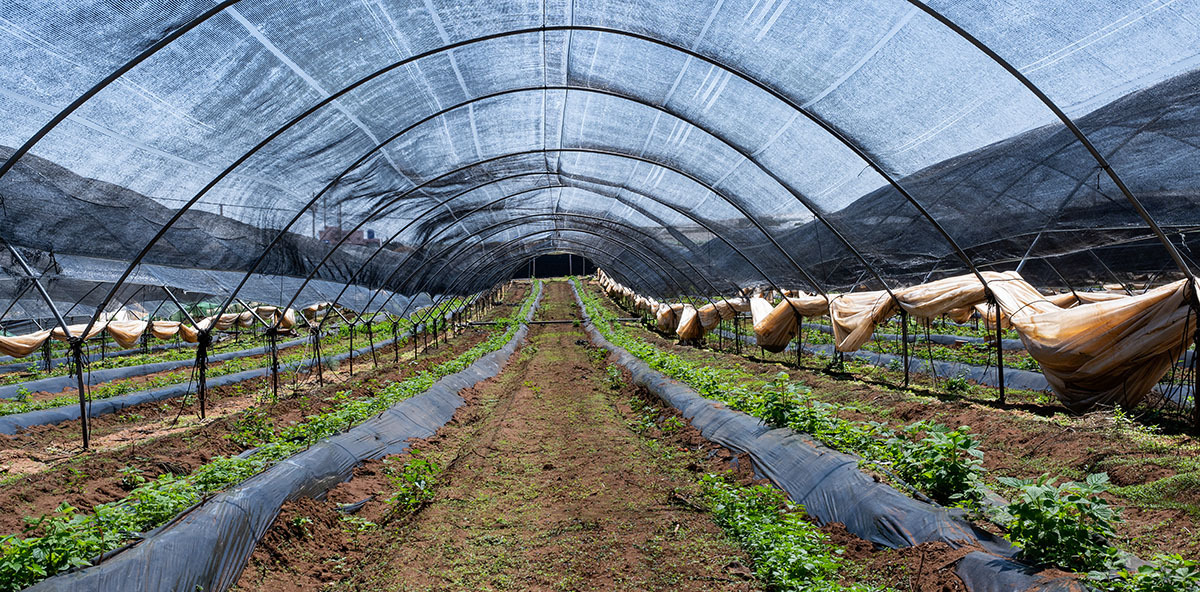
What is the quality of the water in Larache?
Excellent: our water is underground and comes from a depth of about 80 metres, with a very low pH and excellent quality for both irrigation and electricity production. The water in our dam is abundant and sufficient even during droughts. We can boast that, in the Larache region, we are the most favoured in Morocco in terms of groundwater and surface water quality.


